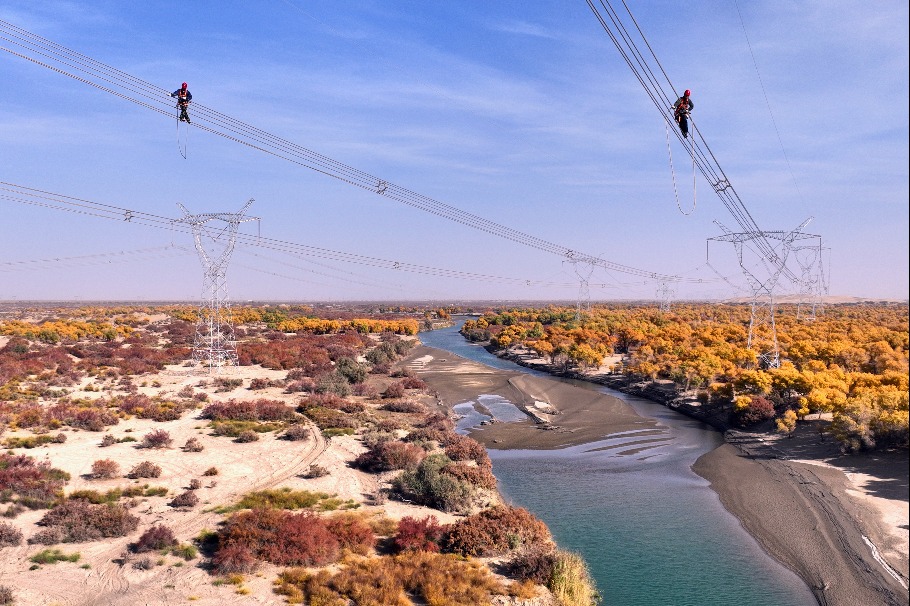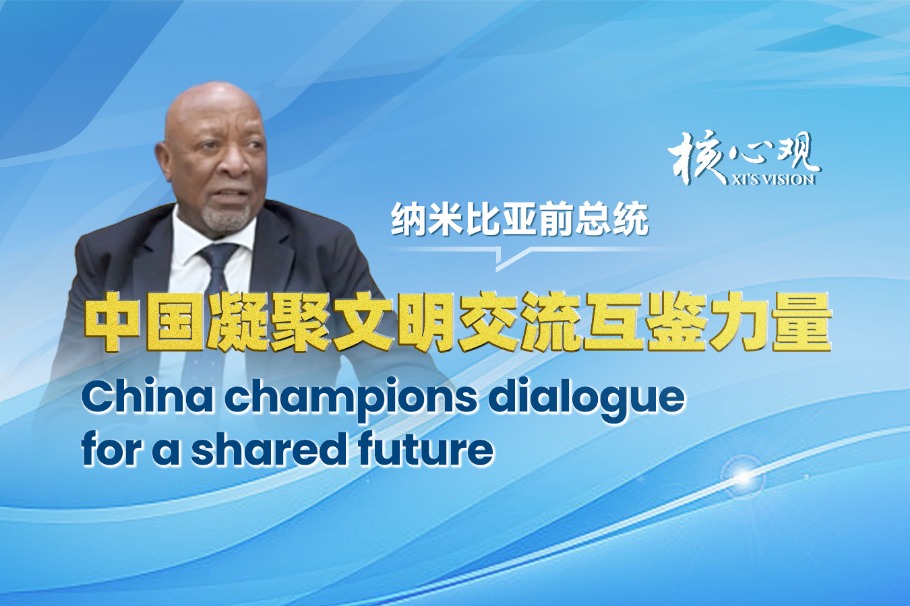Latin America debt trap myth


Claims that loans mire countries in dependency on China are wide of the mark
One of the narratives employed by certain countries to demonize China is that it is creating debt traps. Latin American countries are alleged to be among the victims of such traps.
For instance, on April 12, last year, US Secretary of State Mike Pompeo said in Chile that the United States will "always encourage "Latin American partners to avoid the "debt traps" created by China.
During an interview on Jan 18, this year, Mauricio Claver-Carone, senior director for Western hemisphere affairs at the White House National Security Council, said if Latin America "enters China's orbit", it will be mired in "dependency, debt and corruption".
Such claims are completely groundless and aimed at driving a wedge between China and Latin American countries.
It can be said that a country is creating a debt trap in another country if the debtor country does not really need a loan from the creditor country; the relationship between the debtor and creditor does not conform to international rules; the debtor-creditor relationship is not a mutually-beneficial one; or the loan from the creditor has caused substantial negative influence on the solvency of the debtor or heightened the risk of a debt default.
It is well known that Latin American countries have weak capacities of capital accumulation and heavily rely on foreign capital. To ease the funding shortages, some countries even use "hot money"-highly speculative capital, which has resulted in increased financial risks. The financial crisis that erupted in Mexico in 1994 was the consequence of the quick flows of hot money.
As many research findings suggest, the region's underdeveloped infrastructure is a major obstacle to Latin America's economic growth. And a lack of investment is the main reason behind the poor infrastructure. Therefore, the loans and investment China offers to Latin America help address its funding shortages to some degree.
As a responsible country, China has always stuck to international norms in developing its economic and trade relations, including financial cooperation, with Latin American countries. The loans China has provided to the region, including clauses for the term of repayment and interest rates, have been agreed upon by the two sides through talks and negotiations, and follow international rules.
In fact, China accounts for an insignificant share in the total foreign debts of Latin American countries. According to statistics released by the Economic Commission for Latin America and the Caribbean (ECLAC), Latin America's foreign debts surpassed $2 trillion in 2018, of which, the debts to China were less than 7 percent.
Debt crises have broken out many times in Latin America, but none was caused by China. Instead, the US was linked directly or indirectly with nearly every debt crisis in the region.
In the 1970s, for instance, US banks offered large amounts of loans to Latin American countries, which were implementing a debtcum-growth strategy. As a result, the region's debt to GDP ratio surged from about 18 percent in 1970 to about 45 percent in 1982, and the debt to exports ratio rose from 180 percent to 330 percent.
In the first half of 1981, the Federal Reserve raised interest rates sharply and the debt service burden on Latin American countries became unbearably heavy. On top of that, the falling prices of primary commodities slashed the revenues of these countries. Consequently, Mexico and other Latin American countries sank into a debt crisis.
It is the US, instead of China, which has led Latin America into the debt trap.
There is no lack of insightful people in the region. Eduardo Klinger Pevida, a scholar of the Dominican Republic, pointed out in an article on Jan 27, 2020, that Mauricio Claver-Carone, who acts as the US president's top Latin America adviser, being in his 40s, was too young to know the history of the debt crisis in Latin America in the 1980s.
In the article, Klinger said Latin America faced a shortfall of $100 to $150 billion in funding for infrastructure, and China can offer a helping hand.
China has provided loans to Venezuela that have gained worldwide attraction. But China has not created a "debt trap" in the country. The financing deals between China and Venezuela are part of the economic ties between the two countries, and they conform to international rules. The oil-for-loan deals have benefited the socioeconomic development of the Latin American country, and serve the interests of both sides.
In recent years, oil output in Venezuela has dropped dramatically due to the economic sanctions imposed by the US and the domestic political upheaval, which has caused some negative effects on the oil-for-loan deals. But that does not mean China has created a "debt trap" in the country. As a spokesperson of the Chinese Foreign Ministry said, "the bilateral financing deal was struck between the two countries' financial institutions and companies, and the funds have mainly gone to projects in Venezuela to promote the country's social and economic development as well as projects jointly developed by the two countries, which bring tangible benefits to both sides."
The US should abandon its cold-war mentality and stop accusing China of creating debt traps if it really wants to see a prosperous Latin America.
The author is a professor and director of the Center for Latin American Studies at Shanghai University. The author contributed this article to China Watch, a think tank powered by China Daily. The views do not necessarily reflect those of China Daily.


































